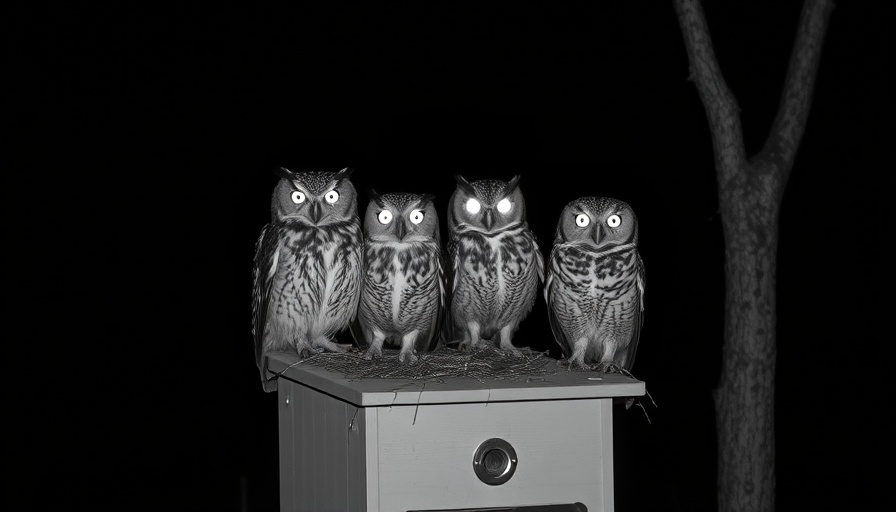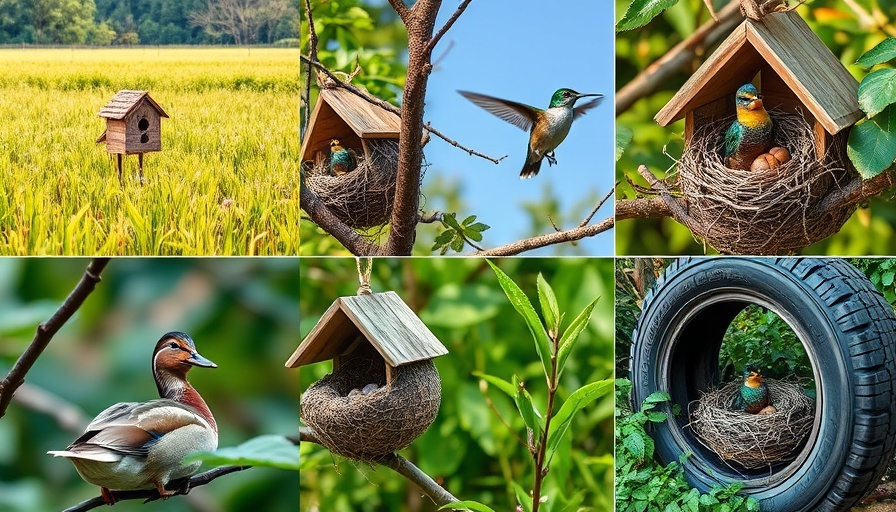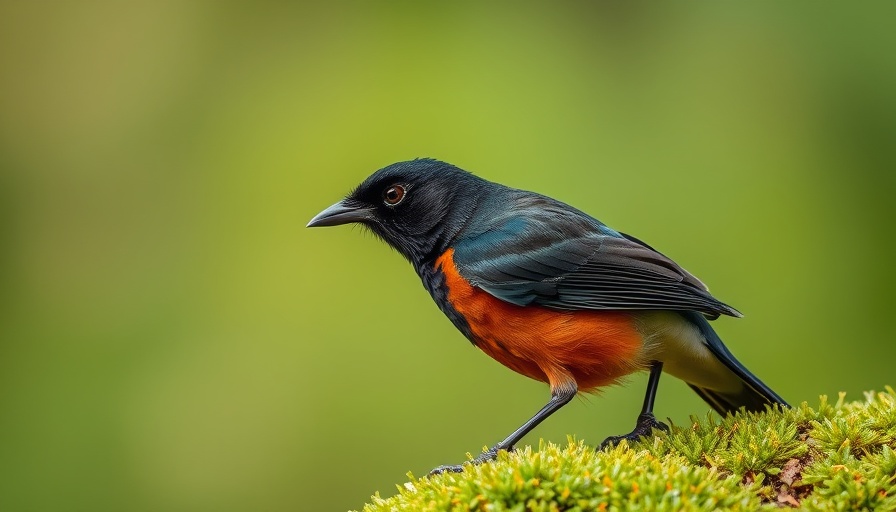
Using Trail Cameras: A New Frontier in Nest Monitoring
Many wildlife enthusiasts and researchers are turning to trail cameras as a modern tool for observing and enhancing nest monitoring. These devices, often used for capturing images of elusive wildlife, are now being deployed to gather vital information about bird nesting habits. While the benefits of using these cameras are significant, there are also important considerations to keep in mind.
Understanding the Risks
Trail cameras can disturb natural nesting behaviors if not used carefully. Birds may perceive the cameras as threats, leading to stress or abandonment of their nests. To mitigate this, it’s crucial to choose locations that minimize disturbance. According to nesting research experts, placing the camera at a distance from the nest can help reduce anxiety for the parent birds.
The Rewards of Enhanced Monitoring
On the other hand, the advantages are compelling. Trail cameras provide invaluable insight into the daily activities of nest occupants, such as feeding patterns and predator interactions. This data can greatly support efforts to conserve bird populations and ensure their habitats are protected. With features that allow for time-lapsed photography and infrared night vision, these cameras can tell a fuller story of a bird's life cycle, informing conservation strategies.
A Practical Approach to Nest Observation
If you are considering using trail cameras for nest monitoring, start by researching best practices. Look for recommendations on camera placement and settings from trusted wildlife conservation organizations. By taking a thoughtful approach, you can reap the benefits of this technology while minimizing risks to the birds.
Conclusion
Using trail cameras can be a game-changer in monitoring nests, offering both insights and challenges. By being mindful of the potential impacts on avian families, enthusiasts can responsibly contribute to bird research and conservation efforts.
 Add Row
Add Row  Add
Add 




Write A Comment